I work with clients on all kinds of local-visibility-related challenges, but you would not believe how much time I spend on service pages: explaining, critiquing, troubleshooting, inventorying, creating, and refining them, and then doing it all over again.
By “service page” I mean any page that’s focused on a specific service you offer. But everything I recommend here also applies to whatever you may offer: products you sell, medical treatments you perform, legal cases you handle, etc.
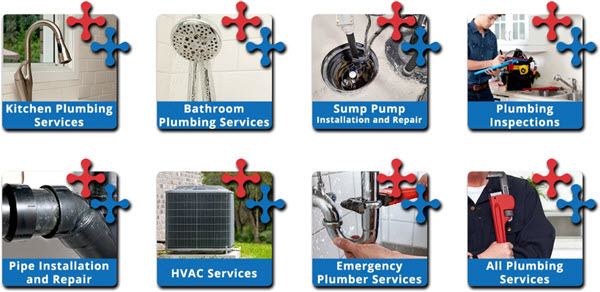
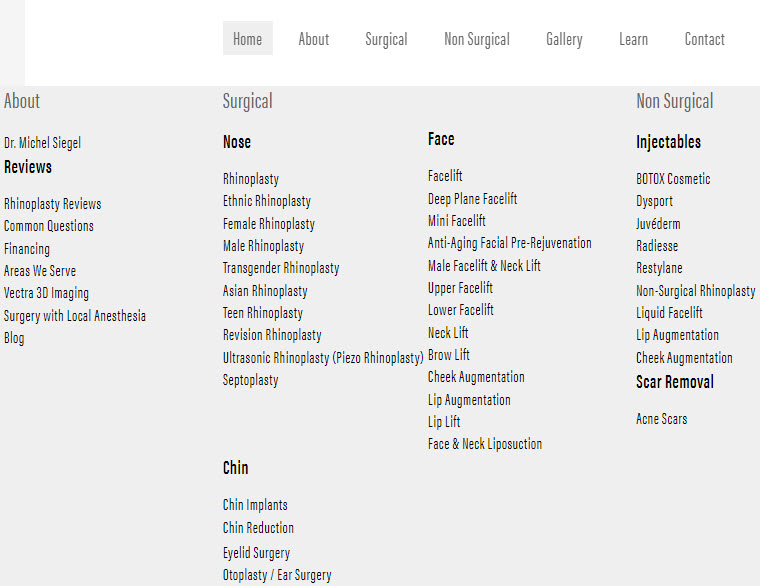
Service pages can help you in many ways, including in that they:
- Turn more of your visitors into customers, no matter how good or bad your search engine visibility is.
- Can bring you most of the organic rankings you’ll get.
- Can pop you into the Google Maps results / local 3-pack.
- Can produce a “local one-box” result, for more-specialized search terms.
- Serve as landing pages for Google Ads, likely helping your conversion rate and Quality Score.
- Help you develop a better understanding of your customers’ problems and why they might want your solutions.
Service pages never get less important. I spend about as much time on them for super-longtime clients as I do for newer clients. They help businesses that are squeaking by and businesses that are breakin’ necks and cashin’ checks. No matter where you are in the local SEO process, time you spend on service pages is time well-spent.
They’re also one of the most basic parts of local SEO (and non-local SEO). Without them there’s usually not much on the site you CAN optimize, or much for would-be customers to see if they even make it to your site. If you’re a business owner who can’t or won’t put in the time to get your service pages right, your local rankings will have a Denver boot on them until that changes. If you’re a local SEO who doesn’t put much time into service pages, your clients are in trouble. Service pages should be your fastball, your cover of “Yesterday,” your Hamlet.
On the one hand, if you won’t do crackerjack “service” pages, you might as well not bother with other types of pages and other aspects of local SEO (and marketing) that are much harder to do well. On the other hand, in most cases you can get just about everything else wrong and still get at least some business if you can develop powerful service pages.
How do most competitors approach them? As an afterthought, as something to try after gimmicks and hacks haven’t worked out, or not at all. The relatively few businesses that produce strong service pages tend to do well in the search results and in terms of business. That’s your opening.
So, how can you make service pages that haul some freight for you? Below are the main principles I suggest you apply. (I show examples where it makes sense, and I have a list of examples at the end.)
Principle 1: Start making service pages very early in your local SEO effort. Are they priority #1? Probably not, because you’ve probably got a few quicker wins at hand. But right after taking care of the urgent stuff, start cranking out service pages. It takes time to draft, build, optimize, and link to them. It takes a while longer for Google to index your pages, and for them to start ranking for anything, for you to see what’s in the net and to make changes, and for those pages eventually to rank higher or for tougher terms (or both). You’ll want to get a jump on it.
Principle 2: Figure out roughly how many service pages to aim for by sticking to a simple rule: if you want customers for it, create a page on it. There isn’t much to it beyond that, but I will throw in a few caveats:
- You shouldn’t have multiple pages on exactly the same service; the services should be distinct.
- I don’t suggest creating city-service permutation pages.
- Even if you’ve got a page on each distinct service, you may have some opportunities to create good spin-off pages.
Principle 3: Don’t let your menu limit the number or types of pages you create. You don’t have to link all your pages in the main menu, and sometimes you may conclude it just doesn’t make sense to do so. That’s fine. All that matters is you link to your service pages in multiple noticeable spots on the site. On the other hand, if you’ve found the main menu has started to rip its pants but you want to keep adding pages to it, consider something like a mega menu.
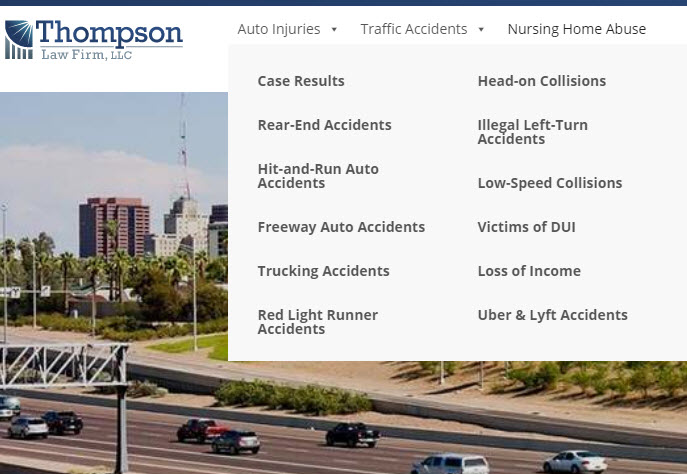
Principle 4: Make it a page, not a post. If you also have a post about the service, fine. You can always consolidate later. You can always make a complementary post later. But at least get the page.
Principle 5: Know, produce, and use the types of content that are effective on service pages:
- FAQs, especially from customers/clients/patients and from leads. If you have to pick just one type of service-page content to focus on, FAQs should probably be it.
- Reviews from people who got your service. If possible, link back to where the person wrote the review (like on Google Maps).
- Photos, especially before-and-after photos.
- Videos, preferably YouTube embeds, and preferably of you at work or speaking.
- Case studies or war stories (on specific projects, cases, procedures, etc.).
- Links to related pages on your site, particularly related service pages.
- “Steps in our process.” As you describe what goes into the sausage, you’ll probably use some of the other types of content (e.g. photos)
- Bio / profile info on specific people in your business who offer or specialize in that service.
- Synonyms and near-synonyms of the service. You may be able to rank for some o those, too, without too much sweating.
Principle 6: Scavenge content from dud blog posts and low-performance pages and use it to better effect on your service pages. Do you have old service pages with 90% junk but 10% good info? Did you write some blog posts that not even the bug on your laptop screen read? If they’ve got some content that describes your services pretty well, see what you can grab and use on a new services page or on an existing one. If the old page or post had some decent rankings, traffics, or links, you’ll probably want to 301-redirect it to the current / new services page.
Principle 7: Avoid creating city-service permutation pages, as in a service page for each city where you offer. Occasionally there’s a good reason to have them, but in the final shootout they tend to disappoint.
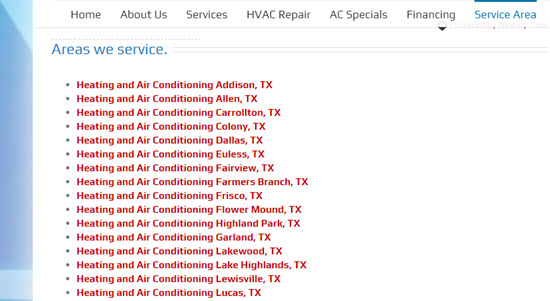
Principle 8: Get the 1.0 version up quickly, but work on the page continually. You can and should develop and improve the page over the long haul, and you may want the 2.0 version to happen sooner rather than later. Always look for ways to show off recent work, address questions you get, and describe people’s problems and your solutions in more detail.
Principle 9: Make your target geography explicitly clear. Specify your exact service area, or the specific places where you get the most customers/clients/patients, or (if you’re a multi-location businesses) which locations offer the service. Good service pages don’t just describe what you do: They’re also about where you do it, where you’ve done it, or where people who have gotten it have come from.

Principle 10: Front-load your page: start off with brief description of what the service is and who needs it, then put a call-to-action (maybe even a contact form), then go into all kinds of detail on the service, and then put another call-to-action at the bottom. Most people flub their service pages in one of two ways: either they don’t describe the service at all and assume customers have enough info to take the next step, or they go into a PhD dissertation about the service before they tell customers what the next step is.
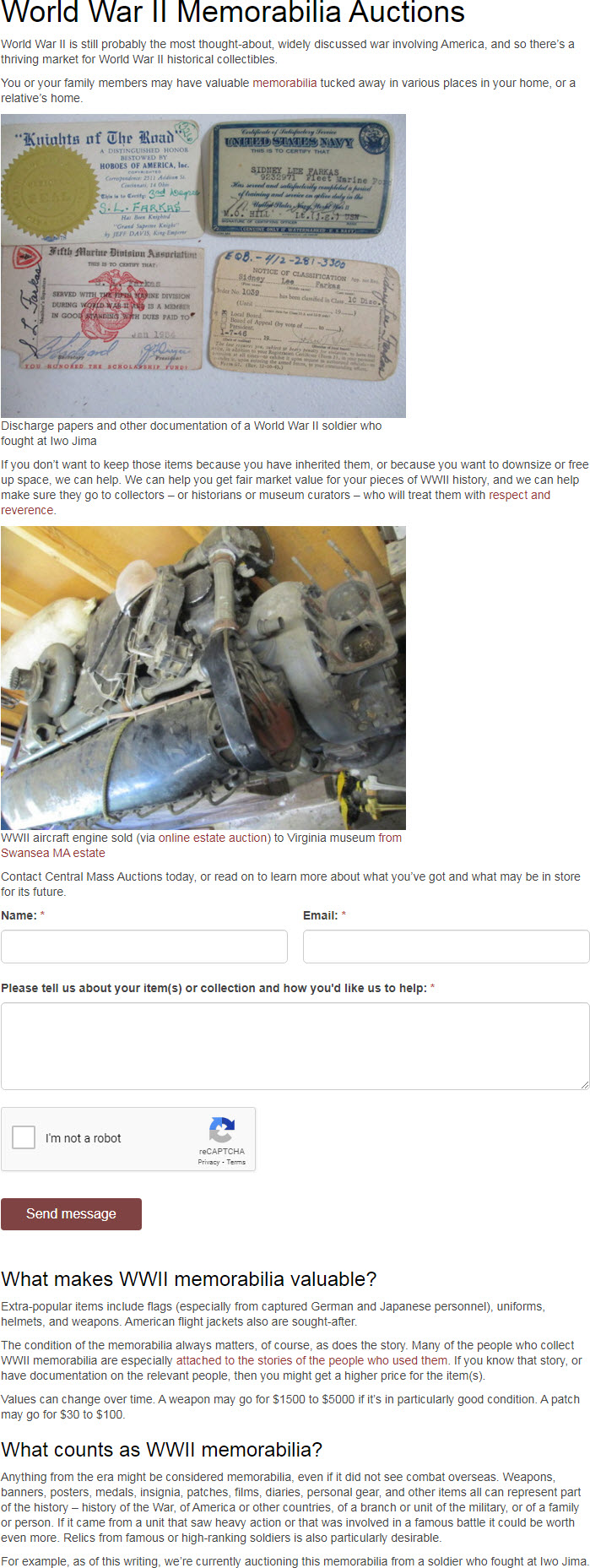
Principle 11: Go heavy on the internal links – both to your service pages and on your services pages. Don’t have just one trail of breadcrumbs to a service page. In general, I try to link to each high-priority service page on the homepage, in the main menu, in the footer, on the main “services” page, at the very least. If possible, also link to them on your pages for related services , and on “bio” pages for specific people on your crew. In general, how heavy you go on the internal linking should be proportionate to how important you consider this or that service. Inbound links from relevant other sites to your service pages will be hard to come by, so it’s extra important to feed those pages the link juice from your other, perhaps more-linked-to pages.

Principle 12: Continually look for or create opportunities to add more internal links to any given service page. On other service pages, on relevant blog posts, etc. This is in addition to the initial batch of internal links you should have added right after you created the service page. Over time the opportunities and the need to add more links to that service page will taper off, but you should always be on the prowl. Especially once you more pages than fingers and toes, you’ll be surprised at how many good places there are to add relevant internal links. By the way, I wouldn’t be too concerned about overdoing it.
Principle 13: Don’t burn yourself out by making niche pages way more detailed than they need to be. Or you won’t get all the pages you need or it’ll take you forever. The more niche or specialized the page is, the less detailed the page needs to be. Also, the more niche the page is, the more likely it is to rank across a wider patch of geography. Go extra long and detailed on services for which you have more or tougher competitors. On more-specialized service pages, though, it probably won’t take as much effort to rank.
Principle 14: Create spin-off pages at every opportunity, and link to them on existing service pages at every opportunity.
Principle 15: Embed every half-decent video on your site. If you do nothing else with a video you put on your business’s YouTube channel, put it on at least one “service” page you care about. In my experience, the view count is a big factor in how visible a video is in YouTube and in turn in Google’s main search results. Which creates a chicken-and-the-egg question: if your video doesn’t rank for anything, how do you rack up the views? You do it by getting people who visit your site to watch videos relevant to the service(s) they’re interested in. (Similar to the “seed audience” approach I suggest for your blog, if you blog.) Also, if the video doesn’t suck, it can be persuasive and help you get more business out of however much (or little) visibility you’ve got. This is the single highest-payoff thing you can do with your videos. Don’t just keep them cloistered on YouTube.
Principle 16: Add a section your online/virtual offering, if applicable. See my 2020 post on the topic: Doable Examples of Online/Remote Services Offered by Local Businesses
Principle 17: Wheel out your best copywriting and other persuasive stuff. Like your homepage and contact page, a service page is a “money” page, where people can and often do decide whether to take the next step. In many cases it’s the first page visitors have seen, and you don’t want it to be the last you’ve seen of those visitors. Your service pages can get customers in the chute even if the rest of your pages aren’t very persuasive yet, or if your USP still isn’t crispy enough. That means now is the time to copy and paste reviews from customers who got that service, show relevant photos/videos, address every frequently asked question, say exactly who does NOT need your service, describe all the alternatives, and make it plain as day how your service differs from competitors’. As my track coach used to say, “Leave it all on the track.”
Here’s one of my all-time favorites.
Principle 18: Add “refer a friend” offers, pro bono offers, and discounts for certain customers, if possible. It’s a small bit of relevant content, but more important is it’s a way to expand your customer base beyond the footprint of your current rankings. Even as your search engine visibility improves over time, you want to become less reliant on it. Rustling up business is still the ultimate point of it all. But even that feeds into your rankings, too, because each customer can also yield a review or testimonial, a case study, photos, a video, or even more – all of which can help your rankings. At least in that odd respect, customers are your content.
Principle 19: Don’t be too concerned about duplicate content – either between different service pages or between service pages and other pages. If you avoid the misguided “city-service” page strategy, there’s not much risk of your making service pages that are too similar to each other. One page is about this service, and the other page is about that service. There will be some overlap – some boilerplate – and that’s fine. Google is used to seeing that, and I’ve never seen a “penalty” of any kind from Google. Assuming you did an OK job on both of the pages (by following my other recommendations), the worst that happens is one page doesn’t rank so well and you need to take another chop at it.
Principle 20: Study your service pages early and often in Google Search Console. Look them up in “Performance” -> “Pages” and see what terms they rank for (and don’t rank for), how many impressions they get, how many clicks they get, what the months-long trend looks like, and which service pages are doing better than others. You’ll get a sense of whether you need to develop your page more, make it more enticing to click on in the search results, or blast more internal links to it. Once you know how the page stacks up, the action items probably won’t take too much thinking.
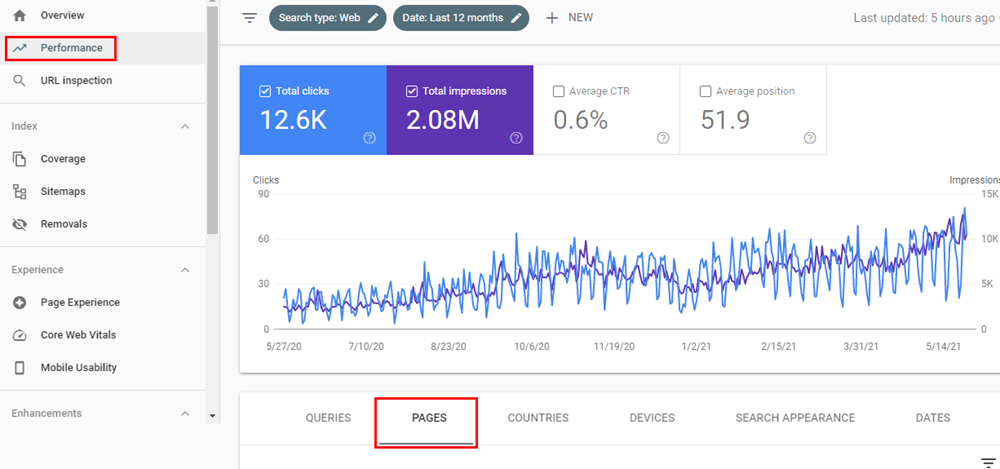
Principle 21: Become a connoisseur of competitors’ and others’ service pages. Don’t just give them a sniff in the search results and move on. Go through the pages in search of good ideas you can adopt or adapt.
Principle 22: Don’t put all of your effort into service pages. I know that sounds strange, given how much I just talked about service pages. But those are only part of the rigging. Your homepage, “areas served” page, maybe “city” pages, and other pages all can rank and convert, and require your effort.
Examples of local-business sites that use service pages effectively
Below are a few examples of sites with rock-solid service pages. (I have more examples if you’d like them; just let me know what industry you’re looking for an example in.)
Relevant posts
Local Justifications Are a Big Deal and You Can Influence Them – Miriam Ellis
Title Tags for Local SEO: Increase Your Local Traffic and Click-Through Rate – Darren Shaw
How Does YouTube Count Views? We Break It Down – Kayla Carmichael
One-Time Work vs. Ongoing Work in Local SEO – me
Should You Make It a Page or a Post? – me
Spin-off Pages: a Bazooka for Your Local SEO – me
10 Bootstrap Ways to Grab More of Your Service Area in Local Search – me
How to Rank for “Near Me” Local Search Terms – me
Odd Relationships in Local Search – me
—
Any principles I forgot – SOPs that have worked well for your service pages?
Any examples of sites that are dialed-in on their service pages?


Recent Comments